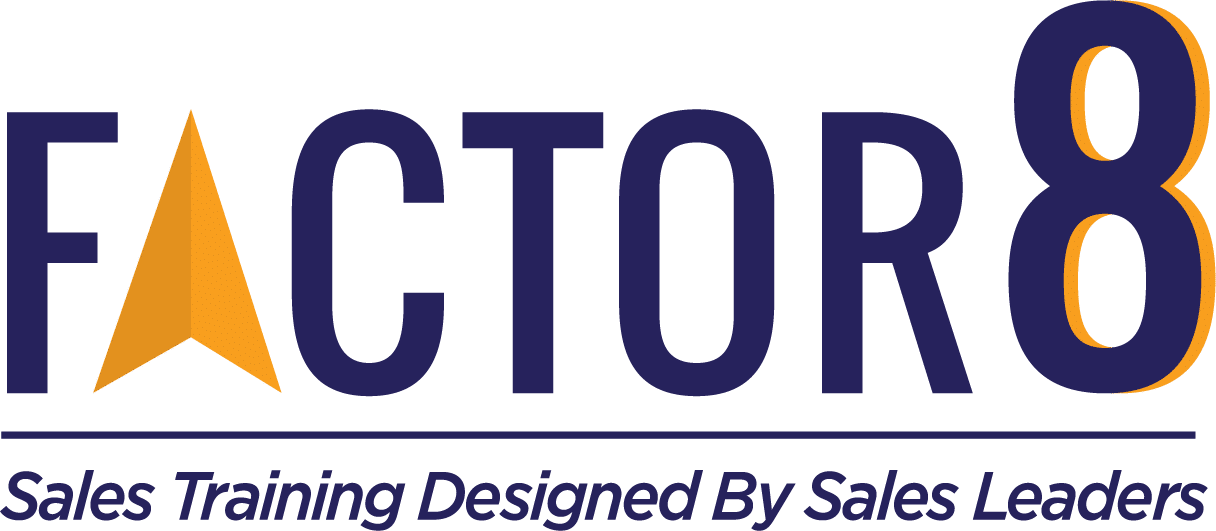Why Is Inside Sales Call Coaching Failing?
Call coaching has been ranked as sales managers’ #1 worst skill, according to the Sales Executive Council. Surprised? Me neither. Harsh, but fair.
According to data from Objective Management Group, only 7% of sales managers are capable of coaching their team. This is especially disappointing when you keep in mind that coaching salespeople at least 3 hours a month yields an average of 7% over the goal.
I struggle with inside sales call coaching myself. Why? Because it’s just so much easier to take over the call myself. Are you with me?
Here are some quick tips to help former sellers who are struggling to transition to a coaching role.
Your Inside Sales Call Coaching Isn’t Working. Here’s Why:
Sales management is THE busiest job in the world.
The line at the desk, backlog of emails, and cacophony of instant messages are real. Our best-laid plans go by the wayside as we attack the latest fire, and we take a reluctant loss in the coaching arena.
That means missed sessions, rushed sessions, and I-never-bothered-to-schedule-it sessions. So before we even attempt to execute good coaching, we’re upside down because reps come into our sessions feeling neglected.
Don’t buy it? Check out the study by ExecVision and The Bridge Group that cited managers report nearly 2x the coaching time that reps do!
The majority of call coaching that is happening is informal.
Think about your company’s own processes for a minute.
- Do you have a call coaching guide?
- Do you have a call coaching framework that’s mapped to the customer’s journey?
- Do you have set call coaching appointments, and keep those promises?
- Do you have a trend analysis where you can see how people are improving their skills?
- Do you have clear, firm expectations about reps showing up and showing improvement?
According to the trends we’ve seen in the call coaching sphere, most likely the answer is “no.” Don’t sweat it. I’ve literally NEVER seen a team that answers “Yes” to all of the above. And yet it’s this level of rigor that is required to get the big, silver-bullet-level lift of sales results.
A best-in-class inside sales call coaching program can lead to a 10-60 percent increase in quota attainment (CSO Insights). Quite a swing in the results there. I unpack these stats a little bit more in an article for Selling Power.
All of the items above are components of a more formal coaching process that uses best practices. Accomplishing this in the real world will require support from a high-level sales leader:
- A strategy team
- Input from multiple support departments, like Customer Success, Quality, Training, and Marketing
- Process documentation
- External training resources
- Follow-up – lots of it!
We just never learned how to call coach.
Truth: Great sellers are crappy coaches. Unless you study coaching techniques, take some skills training, adopt a meeting methodology, and get regular feedback, you’re probably making at least one of the insanely common (but sadly soul-crushing) coaching boo-boos we see daily.
And because we’re not experts, most of us wind up DEAL coaching, not REP coaching. The result is that reps leave call coaching sessions feeling like crap or confused. Instead, they should walk out feeling like a freaking superhero. (You and I know that confidence sells.)
So now that we’ve convinced you that call coaching is a losing battle, please step back from that ledge. We should still try.
At Factor 8, we teach The COACHN℠ Model for sales coaching success.
Here’s what it looks like:
1. Clarify Expectations
This is as simple as starting the meeting by saying, “We’re going to start a formal call coaching program where we’ll listen to some calls and talk about it.” Or, kick-off meetings by recapping what you went over last time, and outlining what you want to get out of the session today.
2. Observe Behavior
This is the step where you actually give your opinion to the rep.
One simple formula to avoiding hurt feelings is saying, “I heard you did this on the call, and it seems like the outcome was this.” Keep it factual and nonpersonal.
3. Ask Questions
Ask at least five questions during the call coaching section.
The goal here is self-discovery for reps. The more they have time to answer questions the more the light bulb will go off and they’ll start learning things on their own. This doesn’t happen as readily when managers are simply telling reps what to do.
4. Commit
Wrap up the call with takeaways for your reps to work on before your next coaching session. Reference one of the questions they answered before, saying, “I really loved your suggestion; why don’t we work on that for next time?”
5. How Can I Help?
Offer your help! This can seem awkward at times, but there are some great ways to do it.
Try it by using one of these lines:
- “Why don’t we role-play right now?”
- “Do you want to give it a try?”
- “Would you like me to review some more calls?”
This lets reps know that you care and are dedicated to their success.
6. Next Steps?
Assign tasks for your reps to practice before the next meeting.
Be sure to set them up for success by telling them exactly what you’d like to see. Here’s an example: “Send me three calls during which you think you put this into practice really well, and we’ll review next time.”
Stick With It!
Following The COACHN℠ Model reminds me to do all the important parts. Most important among those is asking questions and getting commitments.
Please note: Nowhere in this model did we say, “Here’s how I used to do it” or “Use this script!” Call coaching is tough. I hope these tips were fun and easy to implement. We’ll keep talking about this and how we can improve our techniques. Smart sales managers don’t give up on-call coaching.
Make a goal to get better at this each year. Buy some books or check out some on-site or online training like The Sales Bar to help you get there.

